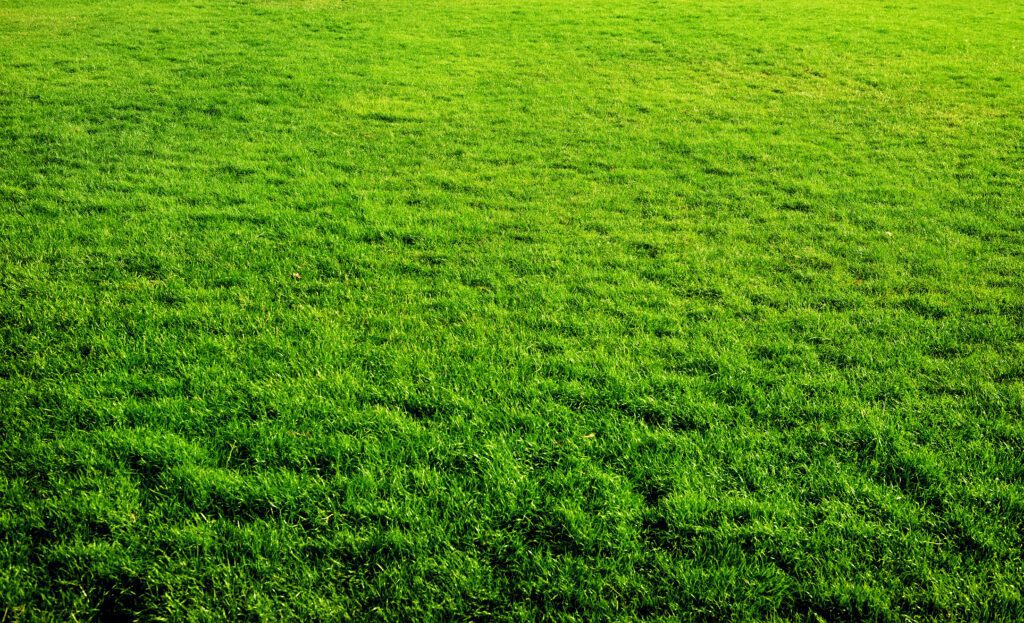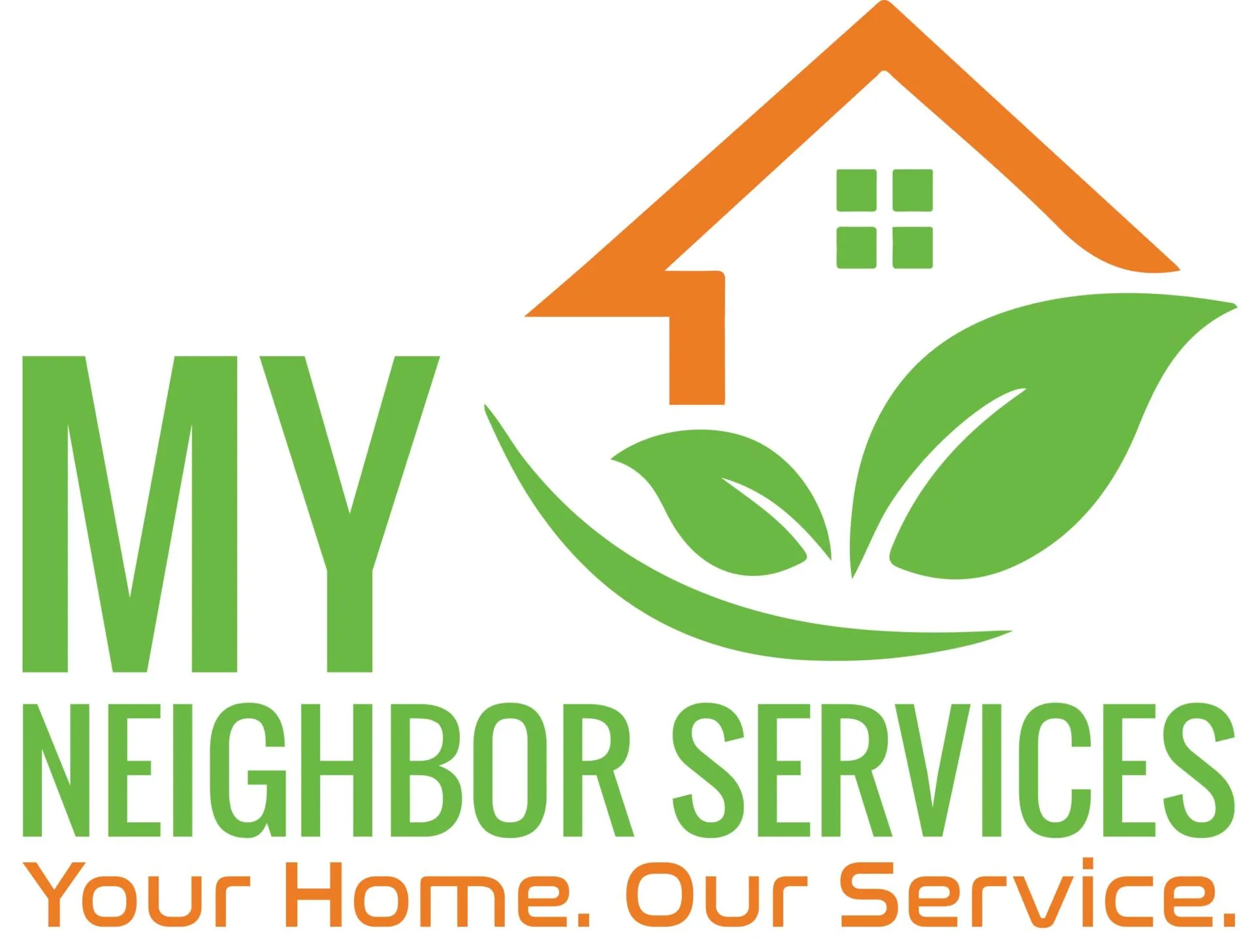
How to Keep the Grass Green
Many people don’t know how to maintain their lawns but have a general idea of what they should do – like watering it every week. However, there is a lot of work that goes into keeping your grass green, and many people brush this off as a chore that they could easily not bother with. Here are some steps you can take to make the job easier!
How to Keep the Grass Green
Some things should be done by humans, such as watering the grass. Other things should be done automatically, such as mowing the lawn. In this blog post, the author suggests using a shut-off valve to prevent over-watering. Grass can be a lot of work for the landscapers that keep your lawn looking beautiful. They should know how to keep the grass green year-round. One way is to water frequently and aerate the soil as much as possible.
The grass is the most important part of a lawn. Without grass, you can’t have a lawn, and without lawns, America would be in huge trouble. There are many factors that can cause your grass to turn brown and unhealthy, but there are also ways to keep your grass green all year long. One way to ensure that your yard is well maintained is to take good care of the lawn. This includes fertilizing it, mowing it, and trimming the grass. It also helps to avoid over-watering the lawn, as well as overwatering by letting too much water sit on top of the soil.
Care and Maintenance to Keep Grass Green
Keeping your grass green is an ongoing process. It’s important to pay attention to the yellowing of your lawn and the dying fronds. If you notice that your lawn has become yellow, it’s time for you to use a fertilizer made for grasses. The proper way to apply fertilizer is only done during the summer months as it can damage your turf if done too soon or too late. When dealing with brown fronds, it’s recommended that you remove them completely by pulling them off and cutting them off at their base.
To keep from harming the roots of your plants, wait until late in the day before applying fertilizers or pesticides. It is important to remember that plants are living things and require proper care. Grass is a very important part of a backyard. It’s the focal point for many family gatherings, so it should not be neglected. Many factors influence the growth of the grass, including temperature, hydration, and sunlight. To make sure your grass is growing properly, be sure to give it enough water and sunlight.
Types of Lawns
There are many options for landscaping your lawn. Some options include grass, one of the most popular choices, and rocks, woodchips, and mulch. Grass is typically the cheapest option but can require more care than other types of landscaping. There are three basic types of lawns that you can have. Grassy lawns are the most popular, especially in Europe and the United States.
Another type is a non-grassed lawn that is designed to look like a lawn but is actually just a turf requiring irrigation and fertilization. The third type is the raised bed garden style, which creates an organic planting ground for flowers, vegetables, or both. There are two types of lawns, those that are cut and edge-cut, and those that are left uncut. The reason for edge-cutting is to keep the grass from growing up over the sidewalk or driveway. Uncut lawns will require more work in the form of watering and fertilizing but they look better in the long run. There are different types of lawns that exist.
Some of them are maintained with manual labor while others can be automated by the homeowner. All lawns need maintenance to keep grass green and it is up to the individual homeowner to decide which method they would like to use.
What is Poison Ivy?
Poison Ivy (Poison Oak) is a plant that grows on the leaves of poison ivy and oak trees. Poison Ivy typically has leaves with three to five lobes, which it uses to create a shelter for itself from the sun. The flesh surrounding the leaves of Poison Ivy can cause a painful rash if you touch them. Poison Ivy is a plant that can cause contact dermatitis or oral irritation. It grows in wooded areas and can grow at different heights. Poison Ivy is a member of the ivy family, but it is not related to poison sumac.
Poison Ivy is a plant with leaves that are covered in clusters of spines. It has three distinct types of leaves as well. This plant can grow up to 4 feet tall and is commonly found near stream banks, woodlands, and along fences. Poison ivy, also known as poison oak, is a plant responsible for several types of allergic reactions. Poison ivy grows in many areas of the world, but primarily in North America. The most common symptoms include itchiness that becomes more intense when touched by water or a rash on the skin. Certain plants can cause similar reactions such as poison sumac and poison oak too.
Preventing Poison Ivy on Your Lawn
Poison ivy is an ever-present problem for many homeowners. Whether you have a small lawn, or just want to protect your own yard from this painful plant, there are certain things you can do to keep them away. Poison Ivy is a plant that grows in lawns and fields. The plants are usually found in areas like shaded or moist soil with poor drainage. Using the following steps, you can prevent getting the plant on your lawn:
- Mow your lawn at least 3 times a week to eliminate new weed seedlings from spreading
- Add peat moss or compost to loosen up the soil
- Safely dispose of any weeds or cuttings you find in your yard
- Let your grass green grow long so it thatch can form
Poison Ivy is a dangerous plant that grows on the ground, but it’s often confused with grass. It will start to grow on a lawn and look harmless, but it can cause a burn when touched or when it comes in contact with your skin. There are some steps you can take to prevent this plant from growing in your yard including using mulch, edging your lawn, and mowing at least once per week. Give My Neighbor Services a call today!
